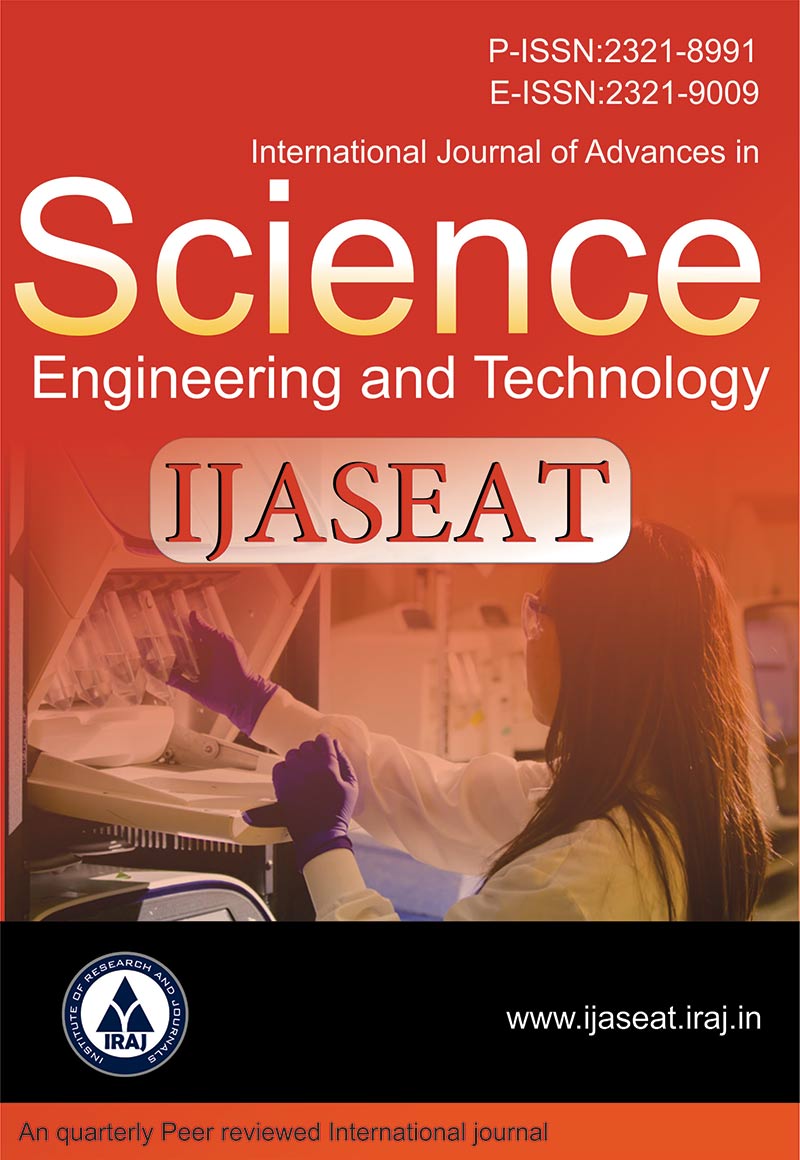Publish In |
International Journal of Advances in Science, Engineering and Technology(IJASEAT)-IJASEAT |
 Journal Home Volume Issue |
||||||||
Issue |
Volume-6,Issue-1,Special Issue - 1 ( Feb, 2018 ) | |||||||||
Paper Title |
Health Risk Assessment of the Workers of Ship-Breaking Industry: A Case Study from Chittagong | |||||||||
Author Name |
Aslam Khan, Raisa Bashar, Gias U. Ahsan, Nazmul Ahsan Khan | |||||||||
Affilition |
Department of Environmental Science and Management, North South University (NSU) School of Health and Life Sciences, North South University (NSU) | |||||||||
Pages |
17-25 | |||||||||
Abstract |
The lower health and safety regulations in Bangladesh makes it an ideal place to host a huge, but immensely hazardous ship-breaking industry in its second capital, Chittagong. Previous literature dictates that the health hazards faced by the thousands of low-wage, unskilled/semi-skilled workers in this industry are indescribable. To analyze these risks and present a summarized report of the current scenario of the workers to the public in general and relevant occupational safety monitoring authorizes, specifically, this research was initiated. In-depth interviews and semi-structured questionnaires were used to collect necessary data/information using purposive sampling techniques from a total of 235 respondents (laborers and related personnel). The study areas were a few ship-breaking yards in Sitakunda, Chittagong and data collection was done from October of 2014 to July of 2016. The health hazards faced by the workers were divided into five categories, namely, Serious Accidents, Physical, Biological, Mechanical and Ergonomic and Psychological. From the primary analysis done it was found that the industry-related incidences of skin diseases, backbone pain, gastric problems, urinary problems, chest pains, eyesight problem and headaches are approximately 17%, 35%, 52%, 29%, 11%, 17% and 24%, respectively. Accidents from fire explosions were the most common at around 49%, followed by those from fallen heavy ship parts (25%), toxic gas inhalation (16%), falls from heights (8%) and others (2%); 17.39% of the accidents were fatal. It was also found that due to the larger profits generated from not addressing these issues, lack of work-rights awareness among workers and absence of government intervention to protect the workers, the scenario was not likely to change Recommendations include immediate attention of the labor authorities towards these economically important industry workers’ occupational health and safety standards, regular health and hazards inspection of the sites to establish sustainability of the regulations and training and awareness programs for the workers to help them raise their voices against being exploited. Keywords - Ship-breaking, Chittagong, Sitakunda, health hazards, risk assessment | |||||||||
| View Paper | ||||||||||